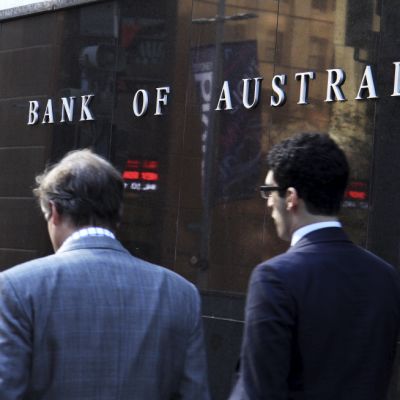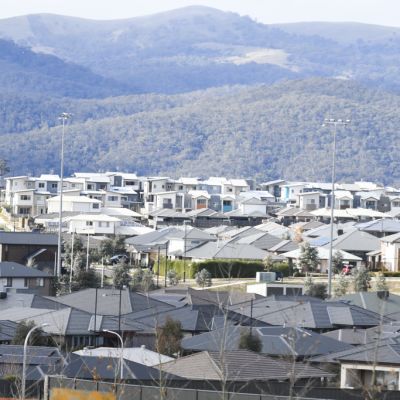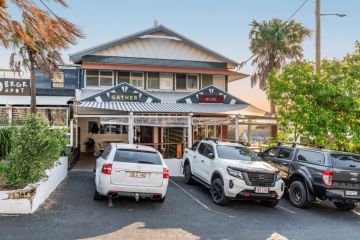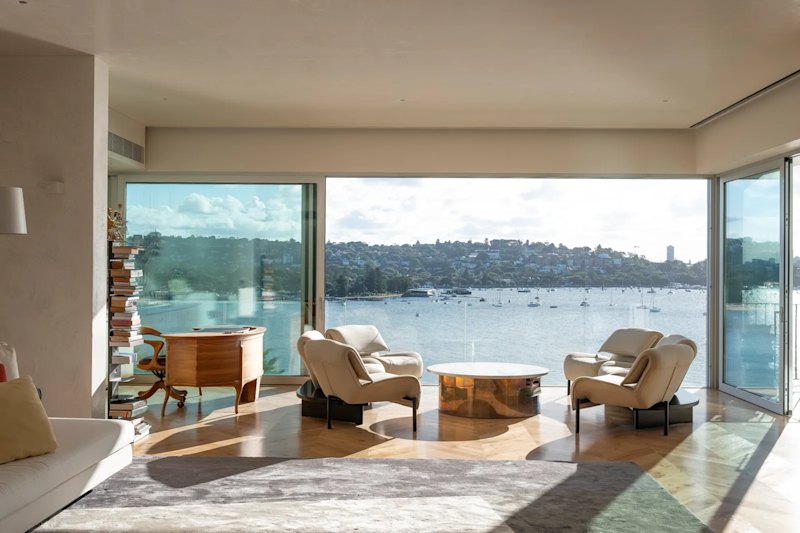Latest interest rate cut could put more upward pressure on housing prices, bank economists say
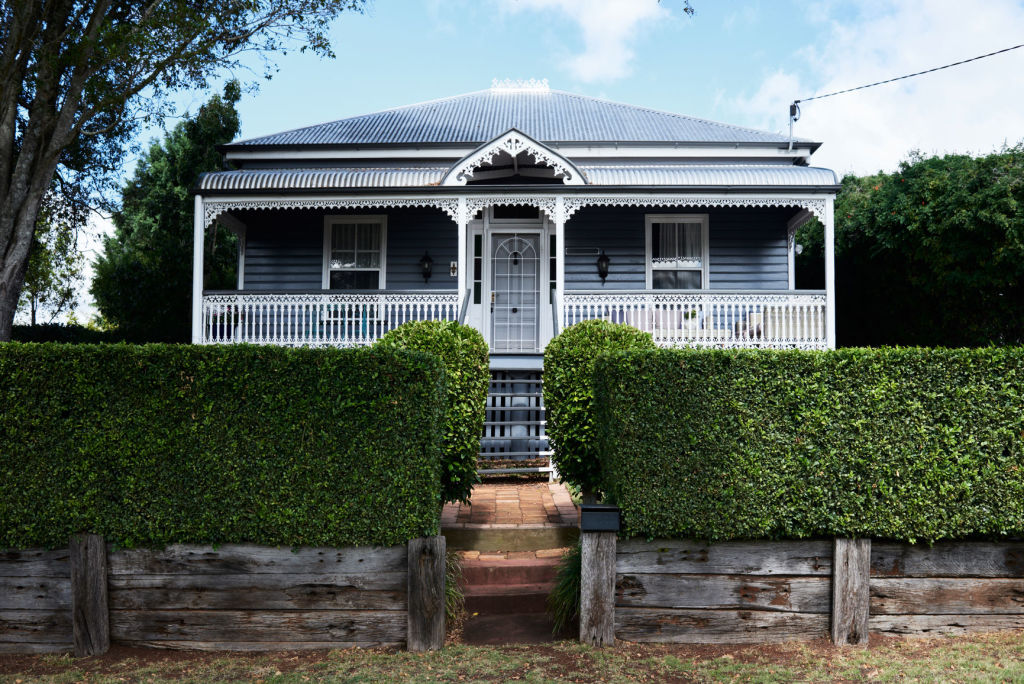
The most recent interest rate cut could put upward pressure on house prices despite the weak jobs market and collapse in immigration, bank economists warn.
Home buyers who have kept their jobs during the pandemic recession are looking forward to years of ultra-low mortgage rates, as well as easier loan approval processes if the government changes responsible lending laws as planned.
Westpac and Commonwealth Bank on Wednesday cut their lowest fixed mortgage rates to 1.99 per cent a year, after the Reserve Bank slashed its benchmark interest rate to a record low 0.1 per cent on Tuesday and flagged it would stay there for three years. ANZ cut its lowest fixed rate to 2.09 per cent a year.
“Looking at even the most recent data coupled with the fact that the Reserve Bank took interest rates lower yesterday, CBA’s dropped their fixed rates quite a bit – that’s going to put further upward pressure on prices,” CBA head of Australian economics Gareth Aird said.
“The lending data’s actually been quite strong over the last few months, the auction clearance rates are pretty firm. And, the indications around house price expectations and the consumer confidence surveys have picked up.
“You’ve got a raft of evidence that is suggesting that conditions are in place for house prices to take off.”
It comes after national house prices rose 0.9 per cent in the September quarter, on Domain data, with every city rising except Melbourne, which held steady. National unit prices gained 0.1 per cent but varied between cities.
In October, home values rose 0.4 per cent on CoreLogic data, up in every city bar Melbourne – which fell just 0.2 per cent.
Mr Aird warned unemployment was high, but said effective unemployment had already peaked and was now falling.
The power of low interest rates would be stronger than some other headwinds such as falling rents and rising vacancy rates, ultimately pushing prices up, he said. First-home buyers in particular may find it attractive to pay off a mortgage instead of paying rent.
Fewer forced sales than first thought are likely after CBA said this week it would not foreclose on customers who were up-to-date with payments pre-pandemic until September 2021.
Mr Aird first expected a 10 per cent house price drop, then in September upgraded his forecast to smaller falls of 6 per cent. He now says the risk is prices could fall even less than this – although the outlook could vary between each capital city.
Westpac chief economist Bill Evans predicted the central bank rate cut and expects it will support property prices.
He first predicted a 10 per cent price drop but in recent months upgraded this to only 5 per cent nationally, with deeper falls in virus-affected Melbourne.
“They’ve already fallen about 3 per cent. We think things will be flat,” he said.
“We’re looking for a very substantial lift in prices. It’s all about the low interest rates and the stimulus the government’s providing, and I expect there will be further stimulus once the JobKeeper wears off.
“We’ve been very encouraged by the rate at which banks have been reducing their deferred loans.”
He expected some distressed sales next year, but a strong recovery after that.
ANZ senior economist Felicity Emmett said house prices had already been more resilient than expected in the face of the high jobless rate, falling population growth and a weak rental market.
“It’s been incredibly resilient and obviously lower rates are helping,” she said.
“This further cut in interest rates and the really strong message we’re getting from the RBA governor that rates are going to stay low for many years will give people confidence to borrow and buy a new home. I think it will help to support house prices over the next year or so.”
She noted the stronger price growth among the most affordable properties, suggesting first-home buyers were taking advantage of concessions from state and federal governments.
NAB chief economist Alan Oster disagreed, saying the latest rate cut would make no difference given the state of the labour market.
“House prices have actually stayed better than we were expecting, particularly outside of Sydney and Melbourne,” Mr Oster said.
“But you’ve got a whole series of things to deal with including very big reductions in growth in population, very large increases in unemployment, and finally rents – in particular in Sydney and Melbourne – are awful.”
He was not changing his view of likely price falls of about 10 per cent in Sydney and Melbourne and slightly lower in other cities, about 5 to 7 per cent.
AMP Capital chief economist Shane Oliver noted recent rises in auction clearance rates, and said the rate cut would probably put more upward pressure on prices.
“All of the cities outside Melbourne, the high levels of unemployment and hit to immigration will act as a constraint. But it won’t stop price rises,” he said.
He earlier upgraded his price forecasts to a 5 per cent fall, after previously tipping a 10 to 15 per cent drop.
“Now I’d have to say it looks pretty flat. Flat to up, it depends on the city,” he said.
“With strength in the other cities offsetting weakness in Melbourne, and Melbourne not coming off as much, it means prices have probably seen their bottom now and will drift up into next year.”
But the degree of impact from joblessness and lower immigration was still uncertain, he said.
Planned changes to responsible lending laws could also prompt people to pull forward buying decisions, he said.
On the ground, home borrowers had already been calling Melbourne-based mortgage broker Chris Foster-Ramsay to try to get a better rate or work out how much equity was in their home.
“Trying to work out, ‘if I can upgrade, or buy and keep the home I am in’,” he said.
“Since real estate opened up again I am the busiest I have been since the boom.”
We recommend
We thought you might like
States
Capital Cities
Capital Cities - Rentals
Popular Areas
Allhomes
More
